
Jabalpur: The Heart of India's Natural Splendor
Discover Jabalpur: A City of Marble Rocks, Waterfalls, and Cultural Treasures in the Heart of India
Jabalpur is a city in central India, known for its rich history, cultural heritage, and breathtaking natural beauty. Nestled in the state of Madhya Pradesh, Jabalpur is often referred to as the 'Sanskardhani', or cultural capital, due to its profound historical significance and vibrant cultural scene. One of the city's most notable attractions is the Marble Rocks at Bhedaghat. Here, the Narmada River flows through a deep gorge, flanked by towering cliffs of marble. The sight of these white rocks shimmering in the sunlight is a visual treat, and a boat ride through the gorge offers an unforgettable experience. Nearby, the Dhuandhar Falls, where the river plunges down with a roar, forms a misty spectacle that is as exhilarating as it is beautiful. Jabalpur is also home to the Madan Mahal Fort, an ancient fort perched on a hilltop. Built by the Gond rulers, this fort offers a glimpse into the region's storied past and provides panoramic views of the city below. For those interested in history and archaeology, the Rani Durgavati Museum houses an impressive collection of artifacts that trace the region's history from prehistoric times to the present. The city serves as a gateway to several wildlife sanctuaries and national parks, including the famous Kanha and Bandhavgarh National Parks. These parks are renowned for their tiger populations and offer thrilling jeep safaris. Adventure seekers and nature lovers will find Jabalpur to be an ideal base for exploring the rich biodiversity of central India. Jabalpur's local cuisine is another highlight. The city offers a variety of traditional dishes that reflect the diverse culinary influences of the region. From spicy street food to hearty local meals, there's something to satisfy every palate. With its blend of natural beauty, historical landmarks, and cultural richness, Jabalpur promises a memorable experience for every traveler.
Local tips in Jabalpur
- Visit the Marble Rocks at Bhedaghat during sunrise or sunset for the best views and photo opportunities.
- Carry binoculars for wildlife spotting if you plan to visit the nearby national parks.
- Try the local street food, especially the chaats and samosas, for an authentic taste of Jabalpur.
- Hire a local guide at historical sites like Madan Mahal Fort to gain deeper insights into the city's history.
- Wear comfortable shoes as exploring the city's natural and historical sites often involves a lot of walking.
Neighbourhoods in Jabalpur
Jabalpur: The Heart of India's Natural Splendor
Jabalpur is a city in central India, known for its rich history, cultural heritage, and breathtaking natural beauty. Nestled in the state of Madhya Pradesh, Jabalpur is often referred to as the 'Sanskardhani', or cultural capital, due to its profound historical significance and vibrant cultural scene. One of the city's most notable attractions is the Marble Rocks at Bhedaghat. Here, the Narmada River flows through a deep gorge, flanked by towering cliffs of marble. The sight of these white rocks shimmering in the sunlight is a visual treat, and a boat ride through the gorge offers an unforgettable experience. Nearby, the Dhuandhar Falls, where the river plunges down with a roar, forms a misty spectacle that is as exhilarating as it is beautiful. Jabalpur is also home to the Madan Mahal Fort, an ancient fort perched on a hilltop. Built by the Gond rulers, this fort offers a glimpse into the region's storied past and provides panoramic views of the city below. For those interested in history and archaeology, the Rani Durgavati Museum houses an impressive collection of artifacts that trace the region's history from prehistoric times to the present. The city serves as a gateway to several wildlife sanctuaries and national parks, including the famous Kanha and Bandhavgarh National Parks. These parks are renowned for their tiger populations and offer thrilling jeep safaris. Adventure seekers and nature lovers will find Jabalpur to be an ideal base for exploring the rich biodiversity of central India. Jabalpur's local cuisine is another highlight. The city offers a variety of traditional dishes that reflect the diverse culinary influences of the region. From spicy street food to hearty local meals, there's something to satisfy every palate. With its blend of natural beauty, historical landmarks, and cultural richness, Jabalpur promises a memorable experience for every traveler.
When is the best time to go to Jabalpur?
Iconic landmarks you can’t miss
Tagore Garden
Explore the lush landscapes and vibrant flora of Tagore Garden, a serene escape in Jabalpur, Madhya Pradesh, ideal for relaxation and family outings.
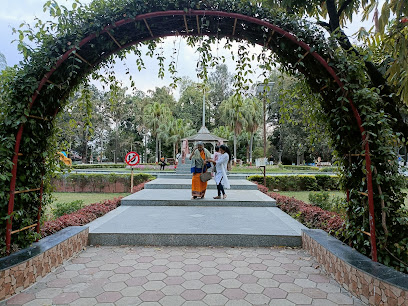
Sardarji Doodhwala
Experience the rich culinary heritage of Jabalpur at Sardarji Doodhwala, a historical landmark known for its fresh milk and traditional sweets.
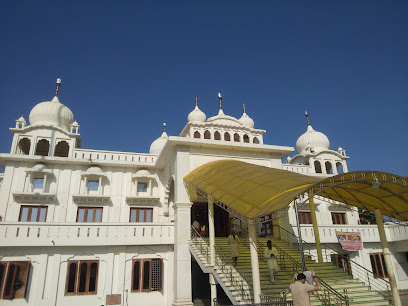
Bhawartal Garden
Discover the tranquil beauty of Bhawartal Garden in Jabalpur, a perfect retreat for nature lovers and families seeking relaxation.
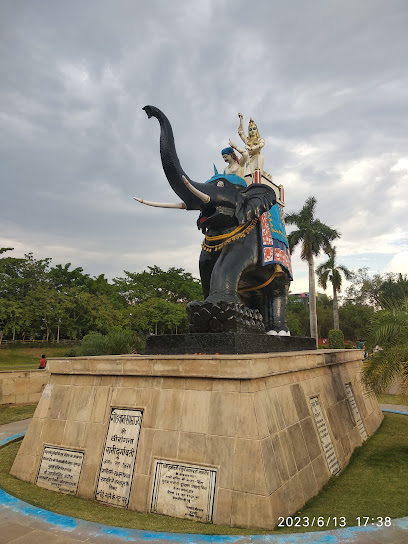
Ghanta ghar
Discover the architectural beauty and cultural significance of Ghanta Ghar, Jabalpur's iconic clock tower and historical landmark in Madhya Pradesh.

Balancing Rock
Explore Balancing Rock, Jabalpur's iconic natural marvel, where nature's beauty and mystery come together to create an unforgettable experience.

Dumna Nature Reserve Park
Experience the tranquility and natural beauty of Dumna Nature Reserve Park, a hidden gem in Jabalpur, perfect for adventure and relaxation.
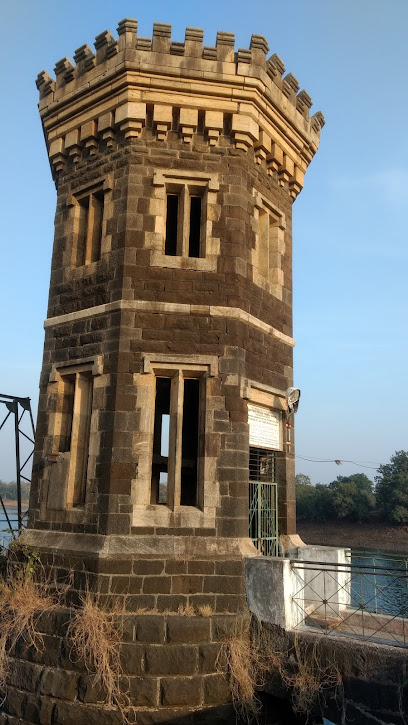
Bada Phuhara
Discover the vibrant Bada Phuhara market in Jabalpur, a treasure trove of local crafts, street food, and cultural heritage waiting to be explored.
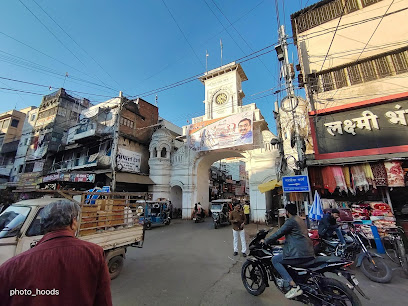
Pisanhari ki Madiya
Explore the enchanting Pisanhari ki Madiya, a serene Jain temple in Jabalpur, where spirituality meets stunning architecture amidst lush surroundings.
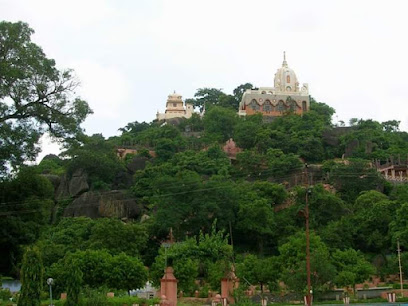
Rani Durgavati Fort & Museum
Discover the captivating history and cultural heritage of Rani Durgavati Fort & Museum, a must-visit destination in Jabalpur, Madhya Pradesh.
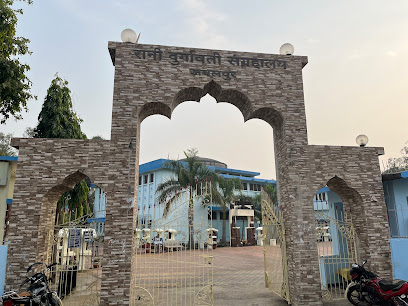
Rani Durgawati Fort
Discover the historical grandeur of Rani Durgawati Fort in Jabalpur, a captivating fortress showcasing India's rich royal heritage.
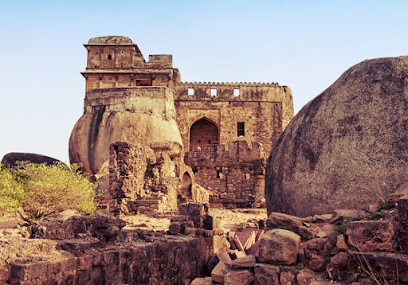
Zamghat
Discover the vibrant flavors of Jabalpur at Zamghat, where vegetarian delights and cozy ambiance await every visitor.

Tilwara Ghat
Discover the serene beauty and spiritual significance of Tilwara Ghat, a captivating destination on the banks of the Narmada River in Jabalpur.
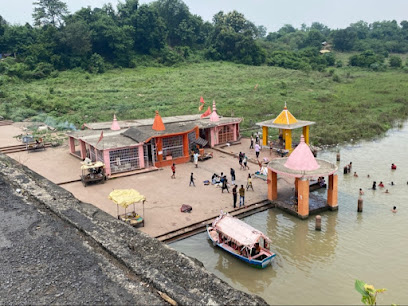
Bhadbhada Waterfall
Experience the breathtaking beauty of Bhadbhada Waterfall in Madhya Pradesh, a serene escape into nature's wonders.
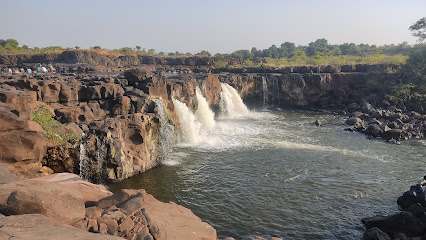
Devtal Garden And Pond
Discover tranquility and natural beauty at Devtal Garden and Pond, Jabalpur's serene oasis for relaxation and family outings.
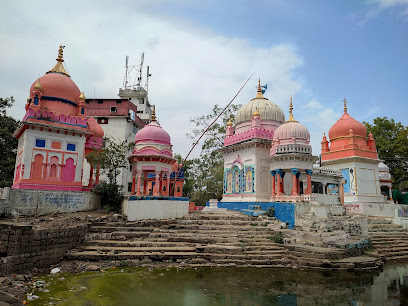
Hanuman Tal
Discover the tranquil beauty of Hanuman Tal in Jabalpur, a serene lake surrounded by lush nature and rich local culture, perfect for relaxation and exploration.
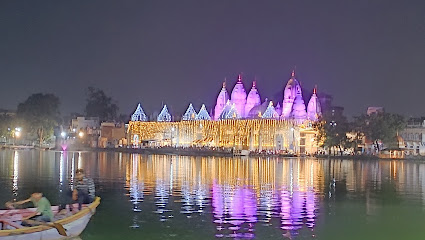
Unmissable attractions to see
Kachnar City Shiva Temple
Explore the Kachnar City Shiva Temple, an architectural marvel and spiritual retreat in Jabalpur, dedicated to Lord Shiva.
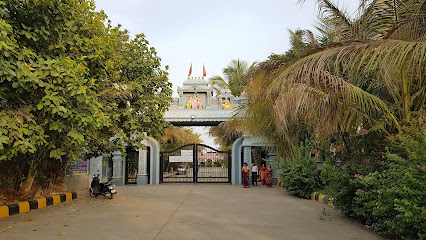
Tagore Garden
Experience the tranquil beauty of Tagore Garden in Jabalpur, where lush greenery and serene pathways await your exploration.
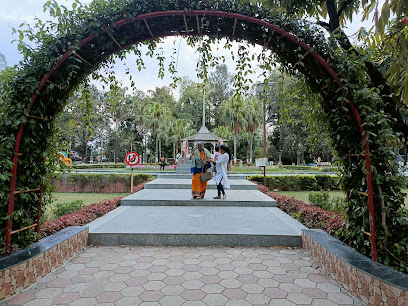
Bhawartal Garden
Discover the lush beauty of Bhawartal Garden in Jabalpur, a serene city park perfect for relaxation and family fun amidst nature.
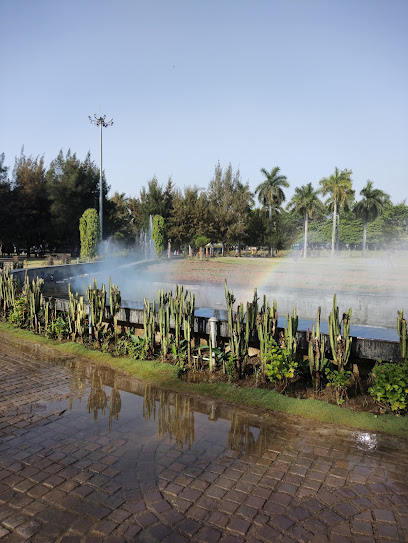
Ghanta ghar
Explore Ghanta Ghar, a historical landmark in Jabalpur, Madhya Pradesh, and immerse yourself in its vibrant culture and architectural beauty.
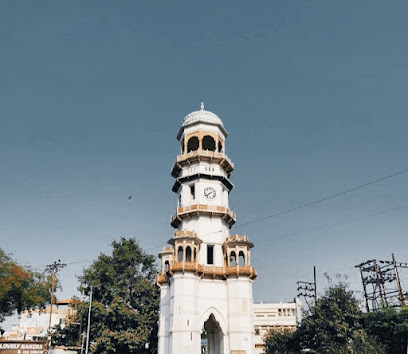
Balancing Rock
Explore the Balancing Rock, a stunning natural marvel in Jabalpur, Madhya Pradesh, perfect for nature lovers and adventure seekers alike.
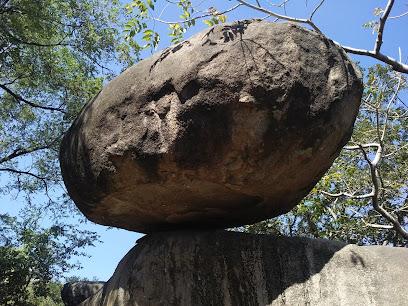
Dumna Nature Reserve Park
Discover the serene beauty of Dumna Nature Reserve Park, a tranquil escape near Jabalpur, Madhya Pradesh, rich in wildlife and scenic landscapes.
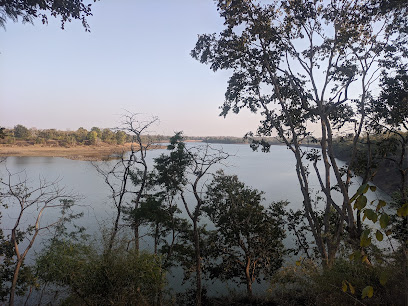
Marble Rocks
Explore the breathtaking Marble Rocks along the Narmada River in Madhya Pradesh, where nature's beauty meets adventure and culture.

Paat Baba Mandir
Discover tranquility and spirituality at Paat Baba Mandir, a revered Hindu temple in Jabalpur with stunning architecture and serene surroundings.
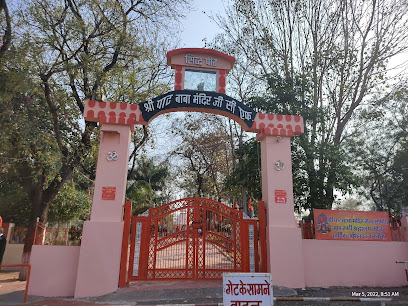
Pisanhari ki Madiya
Explore the serene beauty and rich cultural heritage of Pisanhari ki Madiya, a prominent Jain temple in Jabalpur, Madhya Pradesh.
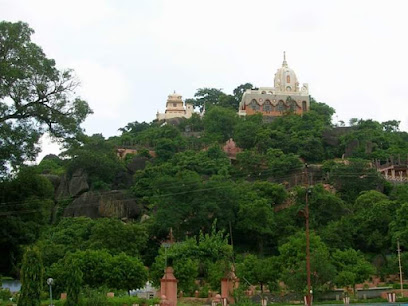
Rani Durgavati Fort & Museum
Discover the rich heritage and stunning architecture of Rani Durgavati Fort & Museum in Jabalpur, a must-visit destination for history lovers.
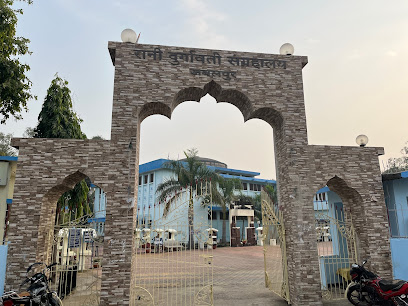
Chausath Yogini Temple
Explore the sacred Chausath Yogini Temple in Bhedaghat, Madhya Pradesh, a stunning hilltop retreat offering breathtaking views and rich spiritual heritage.
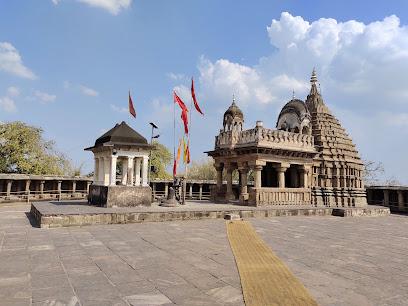
Rani Durgawati Fort
Explore Rani Durgawati Fort: a historical gem in Jabalpur, Madhya Pradesh, showcasing architectural splendor and breathtaking views.
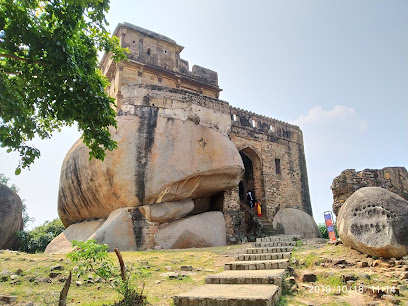
Sri Kalimath
Experience the divine at Sri Kalimath, a revered Hindu temple in Jabalpur, blending spirituality and history with stunning architecture.
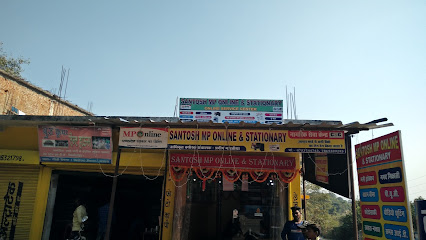
Dhuandhar Waterfall
Experience the breathtaking Dhuandhar Waterfall, a stunning natural spectacle in Madhya Pradesh, where the Narmada River cascades majestically.
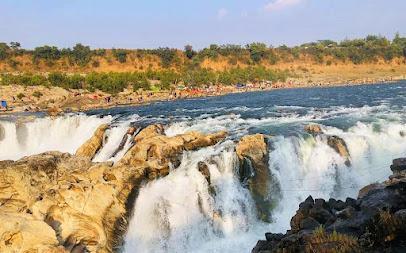
Shaheed Smarak
Discover the profound history and serene beauty of Shaheed Smarak, a memorial dedicated to India's freedom fighters in Jabalpur, Madhya Pradesh.
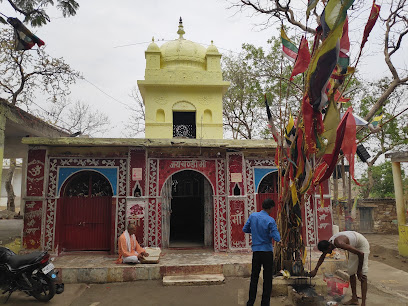
Essential places to dine
Darbar veg restaurant
Explore the flavors of Jabalpur at Darbar Veg Restaurant – where vegetarian cuisine meets fast food delight in a vibrant setting.
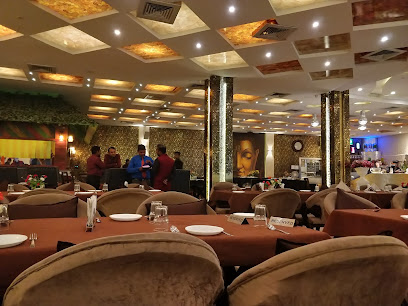
Navnita Restaurant
Discover exquisite vegetarian delights at Navnita Restaurant in Jabalpur - where taste meets tradition in a cozy setting.
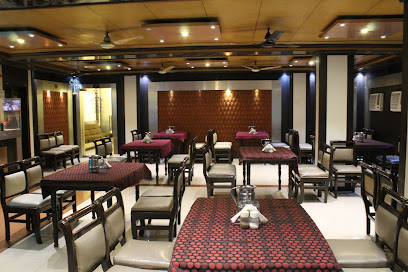
Riyaz Hotel Family Restaurant
Experience delightful Mughlai flavors at Riyaz Hotel Family Restaurant in Jabalpur – where family dining meets affordable indulgence.
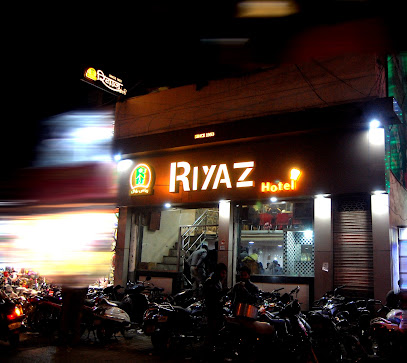
Badkul Restaurant - best restaurant in Jabalpur | Best sweets and Namkeen in Jabalpur
Experience the best vegetarian delights at Badkul Restaurant in Jabalpur – where every meal is a celebration of flavor!
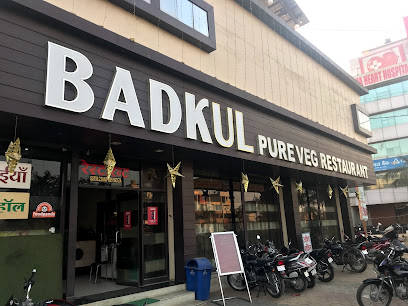
Ice On Fire
Experience culinary excellence at Ice On Fire in Jabalpur - where delicious meets delightful.
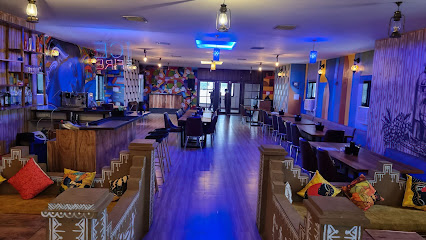
Kaidikhana - A Jail Themed Family Restaurant
Discover Kaidikhana: A whimsical jail-themed restaurant in Jabalpur serving delightful Indian and Chinese cuisine perfect for family outings.
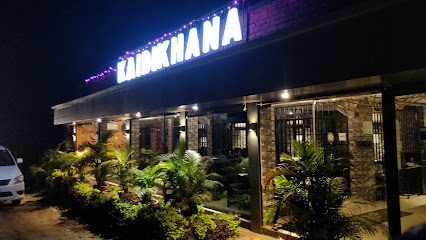
Clock Tower Chinese Restaurant
Experience authentic Chinese flavors at Clock Tower Chinese Restaurant in Jabalpur - where every dish tells a story.
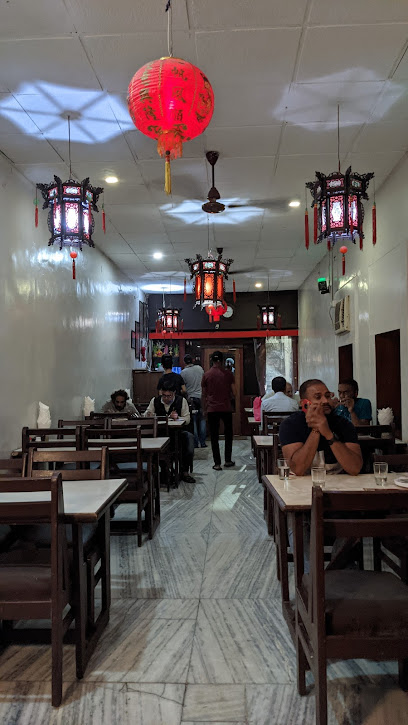
Asanzo.
Discover Asanzo in Jabalpur - your go-to destination for delicious vegetarian fast food that captures the heart of Indian cuisine.
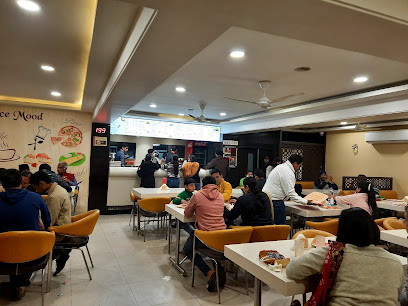
Best Choice
Experience the best of fast food at Best Choice in Jabalpur—where delicious hamburgers meet quick service in a lively atmosphere.
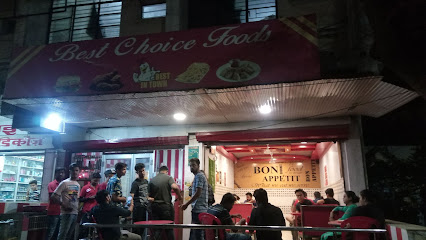
Crystal
Discover delightful Italian cuisine and fast food at Crystal – Jabalpur's culinary hotspot known for its vibrant atmosphere and diverse menu.
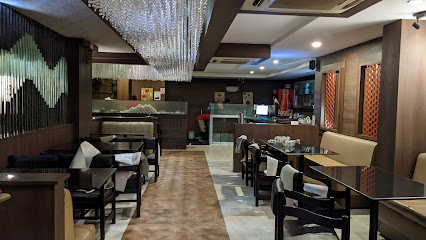
New Pawar Restaurant NPR
Experience authentic Indian flavors at New Pawar Restaurant NPR in Jabalpur – a culinary haven for food lovers!
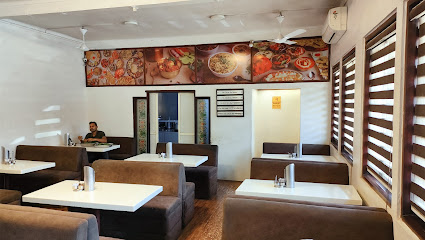
Panchvati Gaurav
Discover authentic Indian vegetarian cuisine at Panchvati Gaurav - a must-visit restaurant in Jabalpur known for its delectable Gujarati thali.
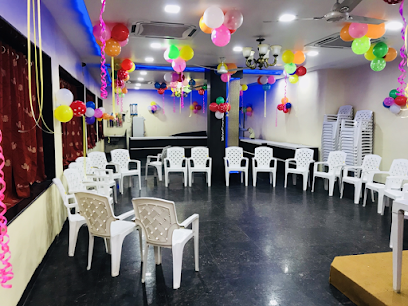
Shahi Thaath
Discover the vibrant flavors of Shahi Thaath in Jabalpur - where family-friendly dining meets delightful treats!
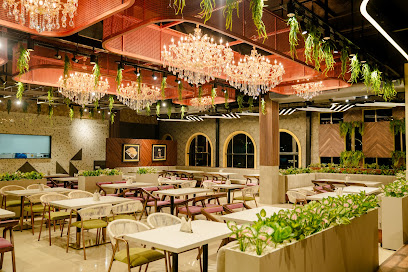
70 mm Dining
Experience authentic Indian flavors at 70 mm Dining in Jabalpur - where every dish is a celebration of India's rich culinary heritage.
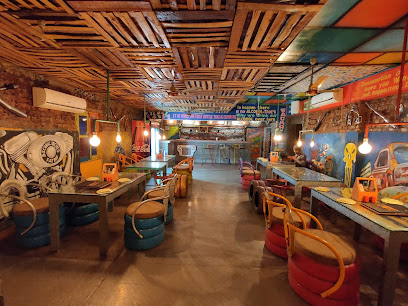
Hangout Cafe
Explore the vibrant flavors at Hangout Cafe in Jabalpur – where diverse cuisines meet delightful ambiance!
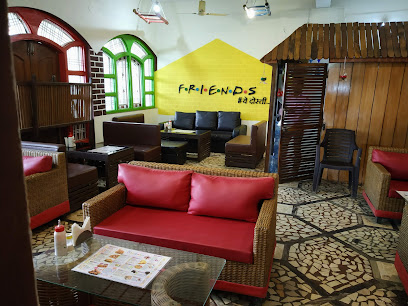
Markets, malls and hidden boutiques
Samdariya Mall
Discover the excitement of shopping, dining, and entertainment at Samdariya Mall, a must-visit destination in Jabalpur, Madhya Pradesh.
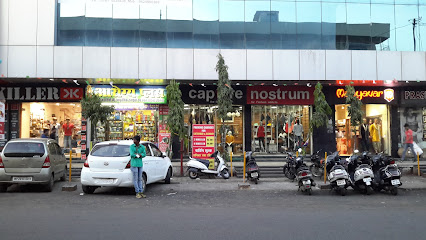
South Avenue Mall.
Experience the heart of Jabalpur at South Avenue Mall, a vibrant shopping hub featuring diverse stores and cozy cafes for every tourist's delight.

V-Mart - Jabalpur-Damohnaka
Shop at V-Mart in Jabalpur for a unique blend of fashion, affordability, and variety in a vibrant shopping atmosphere.
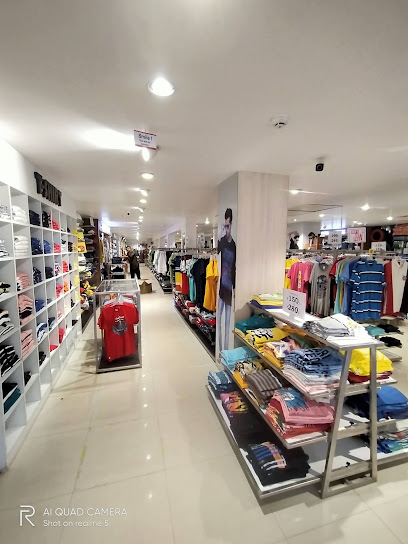
Firstcry.com Store Jabalpur Wright Town Circle
Explore the vibrant Firstcry.com Store in Jabalpur, your one-stop destination for all baby essentials and toddler needs.
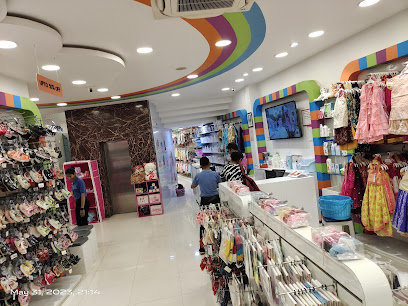
Easybuy
Discover the latest trends in fashion at Easybuy, Jabalpur's top clothing destination for men, women, and children with unbeatable prices.
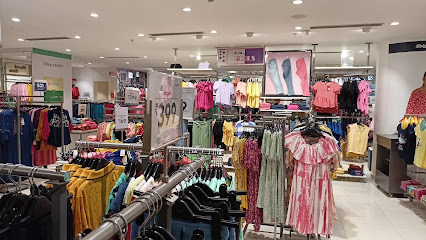
Narghaiya Mens Wear
Discover the best menswear at Narghaiya Mens Wear, where tradition meets contemporary style in Jabalpur's vibrant fashion scene.
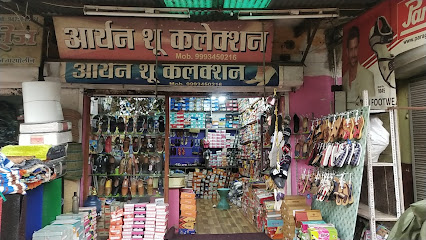
Poonam Vastralaya I.T.I chungi naka
Discover the latest fashion trends at Poonam Vastralaya in Jabalpur, where style meets quality in a welcoming shopping environment.
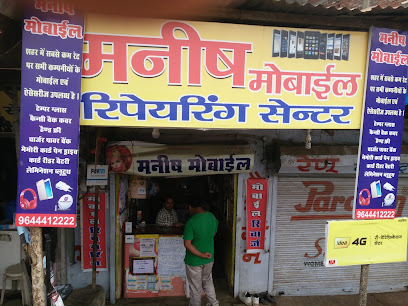
NewU
Explore NewU in Jabalpur for a delightful shopping experience featuring a diverse selection of cosmetics, skincare, and fragrances.

Humlog Men's Wear
Discover trendy men's fashion at Humlog Men's Wear in Jabalpur, a vibrant shopping destination in the heart of Madhya Pradesh.
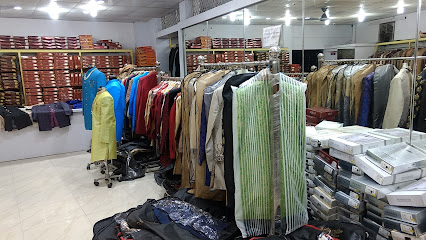
Southern Stores
Discover the rich flavors of Southern India at Southern Stores in Jabalpur, offering a unique selection of grocery items and local delicacies.
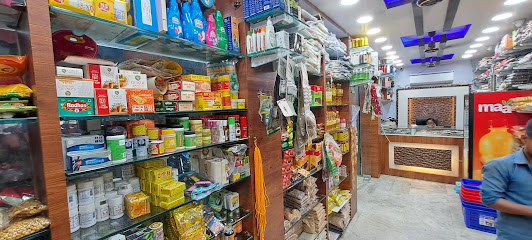
THE IVY
Explore The Ivy in Jabalpur for trendy clothing and chic accessories, perfect for every fashion-forward traveler.
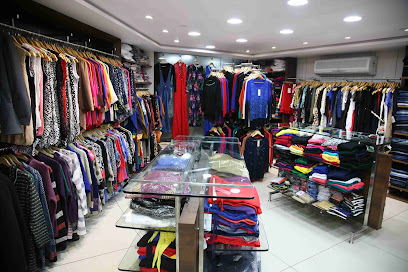
Westside - Samdareeya Mall, Jabalpur
Explore the latest trends and timeless styles at Westside, Samdareeya Mall, a fashion destination in Jabalpur for all ages.
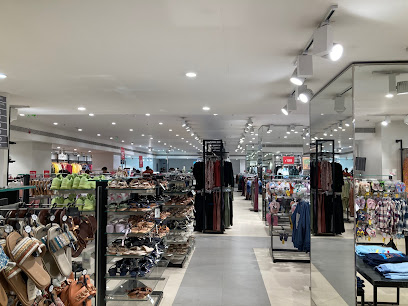
Aarchi Gift
Discover unique gifts and traditional handicrafts at Aarchi Gift in Jabalpur, a must-visit shop for memorable souvenirs.
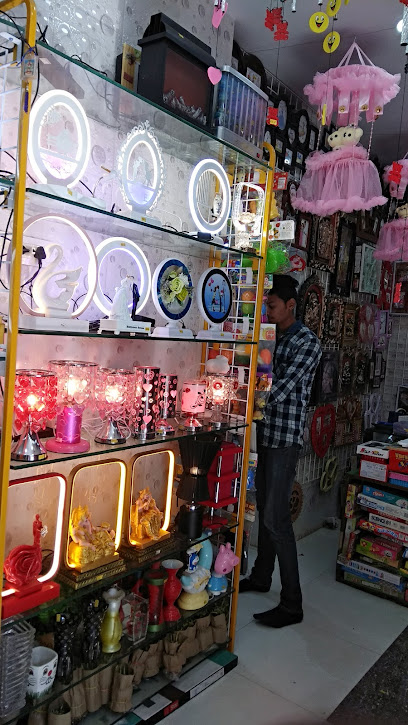
New Lucknow Emporium (SINCE 1960)
Experience the vibrant culture of Jabalpur at New Lucknow Emporium, a traditional market for unique clothing and local handicrafts.
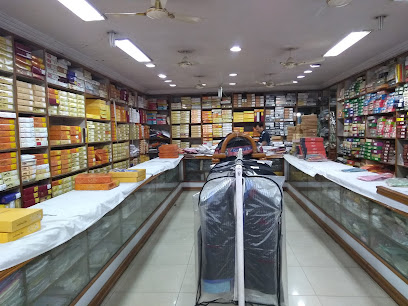
Gorakhpur MARKET
Explore the vibrant Gorakhpur Market in Jabalpur, where culture, shopping, and delicious street food come together in a lively atmosphere.
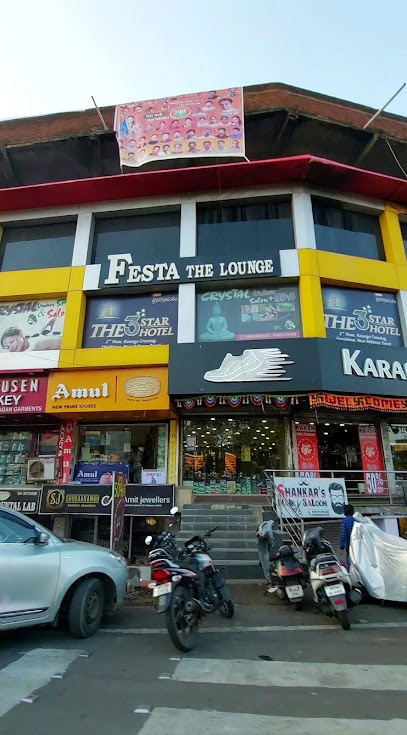
Essential bars & hidden hideouts
Smoky Brew
Discover Smoky Brew in Gorakhpur, where culinary excellence meets a vibrant atmosphere for an unforgettable dining experience.
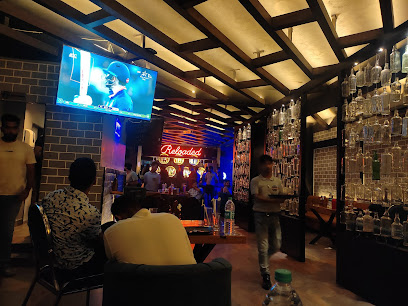
The Fusion Lounge
Experience the vibrant nightlife at The Fusion Lounge in Jabalpur, where exquisite drinks meet a lively atmosphere for an unforgettable evening.
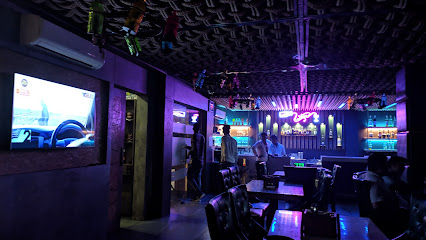
One Mile
Discover the essence of Jabalpur's culinary scene at One Mile - a grill paradise with delectable dishes and a vibrant atmosphere.

Vini's Bar & Restaurant
Discover the flavors of Jabalpur at Vini's Bar & Restaurant, where delicious food meets a lively atmosphere in an unforgettable dining experience.
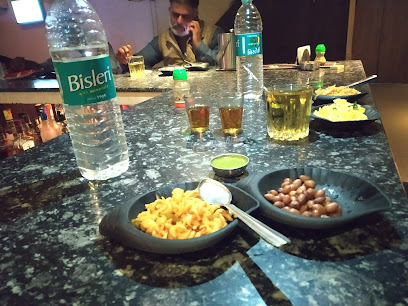
Vini's Bar
Experience the vibrant nightlife at Vini's Bar in Jabalpur, where delicious food meets a lively atmosphere for unforgettable moments.

WHITE ROSE RESTOBAR
Discover the lively ambiance and diverse culinary delights at White Rose Restobar in Jabalpur, Madhya Pradesh.
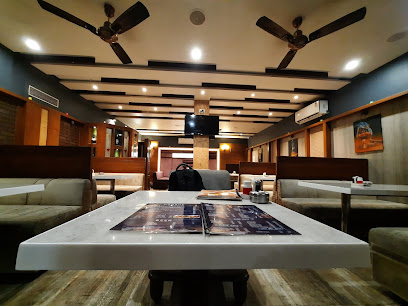
Lord of the Drinks Jabalpur
Experience a delightful culinary journey at Lord of the Drinks Jabalpur, where local flavors meet international cuisine in a vibrant and relaxing atmosphere.
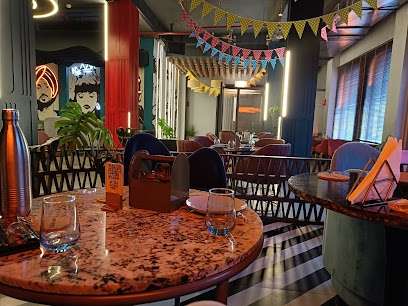
Hakka Tequila
Immerse yourself in the lively ambiance of Hakka Tequila, Jabalpur's premier bar for tequila lovers and nightlife enthusiasts.
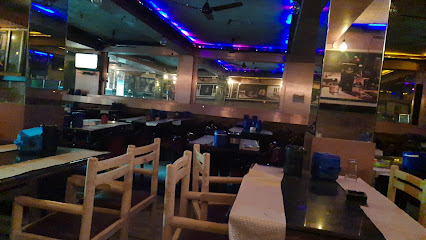
Clava
Experience the vibrant nightlife of Jabalpur at Clava Pub, a cozy retreat for tourists with diverse drink options and a lively atmosphere.
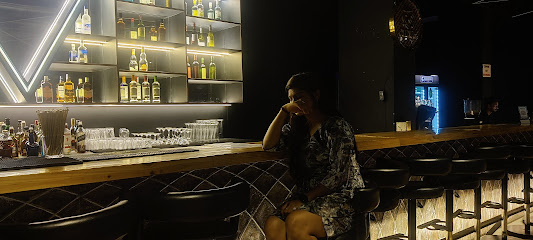
Madira Bar and Lounge
Experience the vibrant nightlife at Madira Bar and Lounge in Jabalpur, where delicious cuisine meets an energetic atmosphere.

Konark Bar
Experience the vibrant flavors of Jabalpur at Konark Bar, where grill delicacies meet a lively atmosphere in a cozy setting.
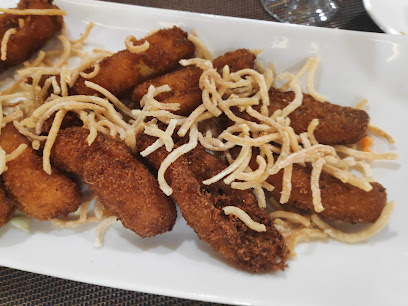
Vinco Nxt
Experience the vibrant nightlife at Vinco Nxt, Jabalpur's premier bar offering a wide range of drinks and a lively atmosphere.

Madhushala Restaurant and Bar
Experience the vibrant flavors of Madhushala Restaurant and Bar in Jabalpur, where delightful cuisine meets a lively atmosphere.
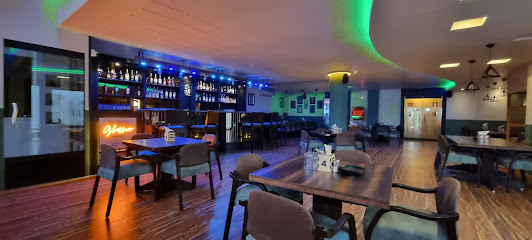
ATHARVA BAR & RESTUARENT
Discover the vibrant culinary scene at Atharva Bar & Restaurant in Jabalpur, offering a perfect blend of local flavors and modern dining.
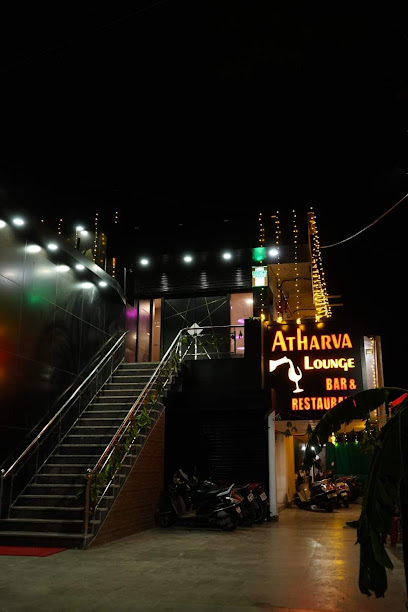
Cork Bar and Restaurant
Discover the charm of Cork Bar and Restaurant in Jabalpur, where delightful drinks and a cozy atmosphere await every traveler.
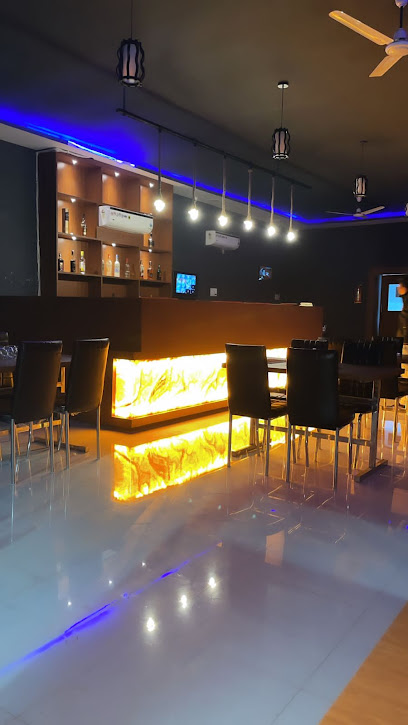
Local Phrases
-
- Helloनमस्ते
[Namaste] - Goodbyeअलविदा
[Alvida] - Yesहां
[Haan] - Noनहीं
[Nahi] - Please/You're welcomeकृपया
[Kripya] - Thank youधन्यवाद
[Dhanyavaad] - Excuse me/Sorryमाफ़ कीजिए
[Maaf kijiye] - How are you?आप कैसे हैं?
[Aap kaise hain?] - Fine. And you?ठीक हूँ। आप सुना?
[Theek hoon. Aap suna?] - Do you speak English?क्या आप अंग्रेज़ी बोलते हैं?
[Kya aap angrezi bolte hain?] - I don't understandमुझे समझ में नहीं आया
[Mujhe samajh mein nahi aaya]
- Helloनमस्ते
-
- I'd like to see the menu, pleaseकृपया मेनू देखना चाहूँ
[Kripya menu dekhna chahoon] - I don't eat meatमैं मांस नहीं खाता
[Main maans nahi khaata] - Cheers!चियर्स!
[Cheers!] - I would like to pay, pleaseकृपया मैं भुगतान करना चाहूँ
[Kripya main bhugtan karna chahoon]
- I'd like to see the menu, pleaseकृपया मेनू देखना चाहूँ
-
- Help!बचाओ!
[Bachao!] - Go away!चले जाओ!
[Chale jao!] - Call the Police!पुलिस को बुलाओ!
[Police ko bulao!] - Call a doctor!डॉक्टर को बुलाओ!
[Doctor ko bulao!] - I'm lostमैं खो गया हूँ
[Main kho gaya hoon] - I'm illमुझे बीमारी है
[Mujhe bimari hai]
- Help!बचाओ!
-
- I'd like to buy...मैं खरीदना चाहूँ...
[Main khareedna chahoon...] - I'm just lookingमैं बस देख रहा हूँ
[Main bas dekh raha hoon] - How much is it?यह कितने का है?
[Yeh kitne ka hai?] - That's too expensiveयह बहुत महंगा है
[Yeh bahut mehnga hai] - Can you lower the price?क्या आप कीमत कम कर सकते हैं?
[Kya aap keemat kam kar sakte hain?]
- I'd like to buy...मैं खरीदना चाहूँ...
-
- What time is it?अब कितने बजे हैं?
[Ab kitne baje hain?] - It's one o'clockएक बजे हैं
[Ek baje hain] - Half past (10)दस बजे आधे
[Das baje aadhe] - Morningसुबह
[Subah] - Afternoonदोपहर
[Dopahar] - Eveningशाम
[Sham] - Yesterdayकल
[Kal] - Todayआज
[Aaj] - Tomorrowकल
[Kal] - 1एक
[Ek] - 2दो
[Do] - 3तीन
[Teen] - 4चार
[Char] - 5पाँच
[Paanch] - 6छह
[Chhe] - 7सात
[Saath] - 8आठ
[Aath] - 9नौ
[Nau] - 10दस
[Das]
- What time is it?अब कितने बजे हैं?
-
- Where's a/the...?कहाँ है...?
[Kahan hai...?] - What's the address?पता क्या है?
[Pata kya hai?] - Can you show me (on the map)?क्या आप मुझे दिखा सकते हैं?
[Kya aap mujhe dikha sakte hain?] - When's the next (bus)?अगली (बस) कब है?
[Agli (bus) kab hai?] - A ticket (to ....)एक टिकट (को...)
[Ek ticket (ko...)]
- Where's a/the...?कहाँ है...?
History of Jabalpur
-
Jabalpur's history dates back to ancient times, with evidence of human activity in the region found along the Narmada River. The Narmada Valley is one of the oldest inhabited regions in the world, with numerous archaeological sites revealing remnants of prehistoric tools, pottery, and fossils. This makes Jabalpur an important site for understanding the early human civilizations in India.
-
During the medieval period, Jabalpur was an important center under the rule of the Kalachuri dynasty. The Kalachuris, who ruled from the 10th to the 12th centuries, made significant contributions to the region's architecture and culture. They built numerous temples and forts, many of which still stand today, showcasing the grandeur of medieval Indian architecture.
-
In the 16th century, Jabalpur became part of the Gondwana Kingdom, ruled by the Gond tribal kings. The Gonds were known for their valor and administrative skills. Madan Mahal Fort, built by Raja Madan Singh, is a notable landmark from this period. The fort offers a glimpse into the strategic military architecture and the lifestyle of the Gond rulers.
-
In the 18th century, the Marathas took control of the region, bringing with them their distinct cultural and administrative practices. The Maratha influence is evident in the region's architecture, with several forts and buildings bearing the hallmark of Maratha design. The Marathas played a crucial role in shaping the social and cultural fabric of Jabalpur during this time.
-
Jabalpur came under British rule in the early 19th century. The British established the city as a major administrative and military center, constructing several buildings in the colonial style. The High Court of Madhya Pradesh, the Rani Durgavati Museum, and the Christ Church are some of the prominent colonial-era structures that reflect the British architectural influence.
-
Jabalpur played a significant role in the Indian independence movement. The city was a hub for nationalist activities, with several prominent freedom fighters hailing from the region. The Quit India Movement of 1942 saw widespread participation from the residents of Jabalpur. The city also hosted several meetings and rallies, making it an important center for the struggle against British rule.
-
After India gained independence in 1947, Jabalpur witnessed significant development and modernization. It emerged as a major educational and industrial hub in Madhya Pradesh. The establishment of institutions like the Rani Durgavati University and the Ordnance Factories has contributed to the city's growth. Jabalpur continues to thrive as a cultural and economic center in central India.
-
Jabalpur is known for its rich cultural heritage, which is a blend of various traditions and influences. The city celebrates numerous festivals with great fervor, including Diwali, Holi, and Navratri. The Narmada Jayanti, celebrated on the banks of the Narmada River, is a unique festival that highlights the cultural and spiritual significance of the river to the people of Jabalpur.
-
One of Jabalpur's most iconic natural landmarks is the Marble Rocks at Bhedaghat. These stunning white marble cliffs, rising on either side of the Narmada River, have been a source of inspiration for poets and artists for centuries. The Dhuandhar Falls, where the river plunges dramatically down a gorge, adds to the scenic beauty of this site. Bhedaghat is a must-visit destination for anyone exploring Jabalpur.
Jabalpur Essentials
-
Jabalpur is well-connected by air, rail, and road. The nearest airport is the Jabalpur Airport (Dumna Airport), located about 25 kilometers from the city center. It has regular flights from major cities like Delhi, Mumbai, and Hyderabad. Jabalpur Junction is a major railway station with trains connecting to cities across India. For road travel, Jabalpur is accessible via National Highways 7 and 12, with frequent bus services from nearby cities and towns.
-
Jabalpur offers various modes of transportation, including auto-rickshaws, cycle rickshaws, taxis, and city buses. Auto-rickshaws and cycle rickshaws are the most common for short distances, while taxis are available for more comfortable travel. The city also has app-based cab services like Ola and Uber. For a more local experience, city buses operated by Jabalpur City Transport Services Limited (JCTSL) are a budget-friendly option.
-
The official currency in Jabalpur is the Indian Rupee (INR). Credit and debit cards are widely accepted in hotels, restaurants, and larger shops, but it is advisable to carry some cash for smaller establishments and street vendors. ATMs are readily available throughout the city, including at the airport and railway station.
-
Jabalpur is generally a safe city for tourists, but like any urban area, it is important to stay vigilant. Avoid secluded areas after dark and be cautious in crowded places to prevent pickpocketing. Some areas, like the old city and certain markets, can be crowded and chaotic. Always use registered taxis or app-based services for transport, especially at night.
-
In case of emergency, dial 100 for police, 101 for fire services, and 108 for medical emergencies. Jabalpur has several hospitals and clinics, including Netaji Subhash Chandra Bose Medical College and Hospital. Pharmacies are widely available for over-the-counter medications. It is advisable to have travel insurance that covers medical emergencies.
-
Fashion: Do dress modestly, especially when visiting religious sites. Avoid revealing clothing. Religion: Do respect local customs and remove your shoes before entering temples. Public Transport: Do be respectful and give up your seat to elderly passengers. Don’t eat or drink on public transport. Greetings: Do greet people with a 'Namaste' or a handshake. Eating & Drinking: Do try local delicacies and accept food offerings graciously. Don’t refuse hospitality, as it is considered impolite.
-
To experience Jabalpur like a local, visit the bustling bazaars such as the Sadar Bazaar for spices, textiles, and crafts. Engage with locals who are often friendly and willing to share stories about the city's history and culture. Don’t miss the mesmerizing Marble Rocks at Bhedaghat and the Dhuandhar Falls. For a unique experience, take a boat ride on the Narmada River and enjoy the evening aarti at the Gwarighat.
Nearby Cities to Jabalpur
-
Things To Do in Nagpur
-
Things To Do in Bhopal
-
Things To Do in Raipur
-
Things To Do in Kanpur
-
Things To Do in Gwalior
-
Things To Do in Varanasi
-
Things To Do in Lucknow
-
Things To Do in Ranthambore
-
Things To Do in Agra
-
Things To Do in Ranchi
-
Things To Do in Jaipur
-
Things To Do in Patna
-
Things To Do in Lumbini
-
Things To Do in Aurangabad
-
Things To Do in Udaipur















